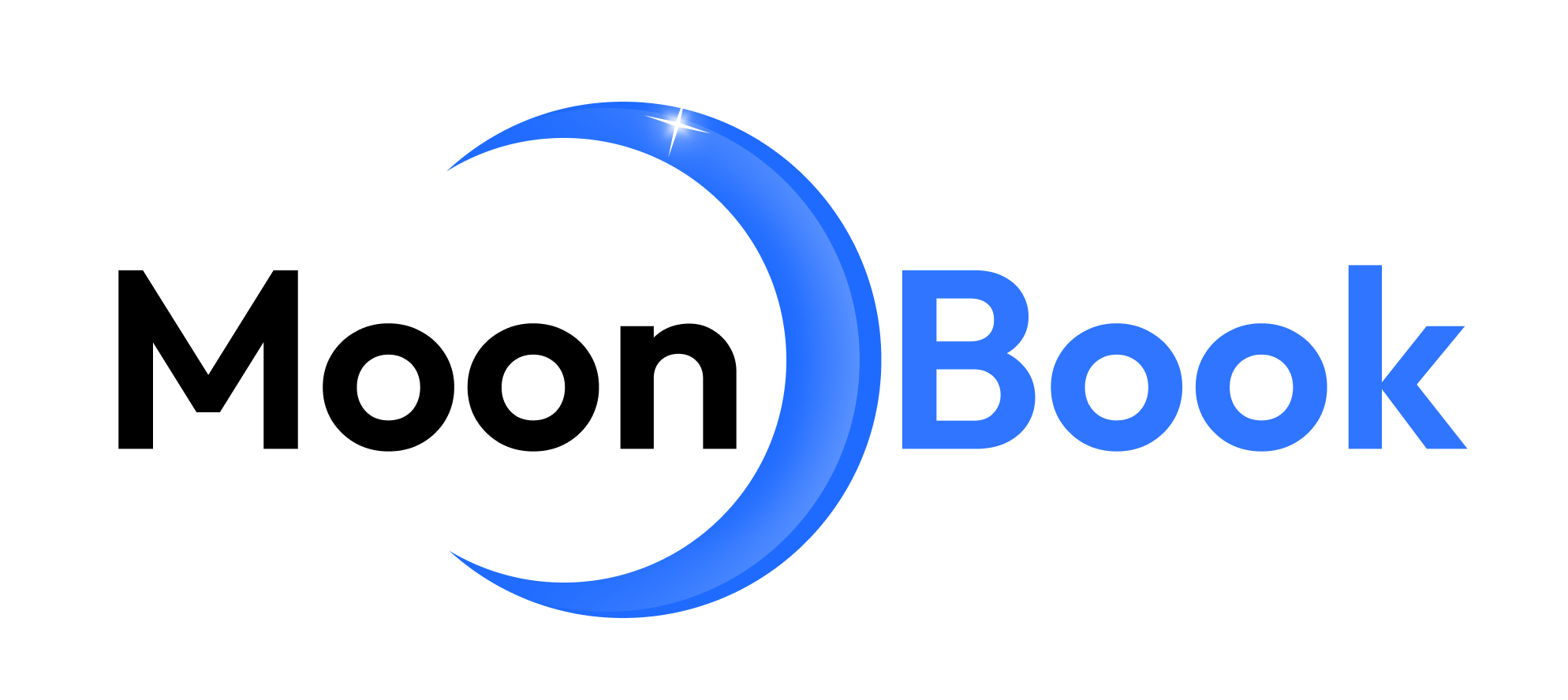The Proteome Arrays Market is undergoing a transformative expansion, driven by the rising need for precision medicine, biomarker validation, and high-throughput proteomic profiling across pharmaceutical and biotechnology sectors. As the healthcare and life sciences industries increasingly lean on molecular-level analysis, proteome arrays have emerged as a powerful platform, offering a comprehensive view of protein interactions and disease-specific markers.
Globally, the market is witnessing growing adoption due to technological innovations in protein detection and analysis. The increasing prevalence of chronic diseases, coupled with accelerated research in oncology, neurology, and autoimmune disorders, is further propelling the demand. These arrays enable rapid protein screening from minimal samples, which enhances diagnostic accuracy while reducing costs and lab time.
Research Intelo estimates that the global Proteome Arrays Market will experience substantial growth in the coming years, bolstered by both academic research and commercial applications. The integration of automation and data analytics is enhancing throughput capabilities, positioning proteome arrays as a cornerstone of the future biomedical research ecosystem.
Key Drivers Fueling Market Growth
-
Growing Investment in Personalized Medicine: As the global healthcare sector pivots toward tailored therapies, proteome arrays play a vital role in identifying patient-specific biomarkers, enabling targeted treatment strategies.
-
Rise in R&D Activities: Government and private sector investments in proteomics and protein-related research are increasing rapidly, fueling the development and deployment of advanced proteomic tools.
-
Advancements in Array Technologies: Improvements in array sensitivity, specificity, and data visualization have made proteome arrays more accessible to mid-scale research labs and diagnostic centers.
Market Restraints Limiting Expansion
While the outlook is positive, the market does face some hurdles:
-
High Initial Setup Costs: The capital investment required for establishing a proteome array platform, including instruments and skilled personnel, can be a deterrent for small labs or institutions.
-
Limited Standardization: Variations in data interpretation and a lack of universal protocols sometimes hinder reproducibility across research centers.
-
Data Complexity: The analysis and interpretation of large proteomic datasets require sophisticated bioinformatics tools, posing a challenge for facilities with limited computational infrastructure.
>> Request a Sample Report: https://researchintelo.com/request-sample/3645
Emerging Opportunities in the Proteome Arrays Landscape
Despite these challenges, the market presents several promising opportunities that are expected to boost growth over the forecast period:
-
Integration with AI & Machine Learning: Leveraging artificial intelligence for analyzing proteomic data can enhance prediction accuracy, uncover new disease pathways, and significantly reduce time-to-discovery.
-
Growing Adoption in Emerging Economies: Countries in Asia-Pacific, Latin America, and the Middle East are investing in healthcare infrastructure, creating demand for cost-effective, high-throughput diagnostic tools like proteome arrays.
-
Collaborations with Study Abroad Agency Market: With the global expansion of biotechnology education and R&D training, especially in the Study Abroad Agency Market, cross-border collaborations are driving technological diffusion and market penetration.
Current Market Trends and Global Insights
-
High-Throughput Applications: Pharmaceutical companies are increasingly using proteome arrays in drug discovery, especially in the early stages to identify target pathways and validate efficacy.
-
Academic Partnerships: Universities and research institutes are collaborating with platform developers to explore disease biology, especially in cancer and autoimmune disorders.
-
Regulatory Support: Initiatives by global health authorities encouraging biomarker validation and translational research are aiding market maturity.
>> View Full Report: https://researchintelo.com/report/proteome-arrays-market
Proteome Arrays Market Size and Forecast
According to Research Intelo, the global Proteome Arrays Market was valued at approximately USD 1.2 billion in 2024 and is projected to expand at a CAGR of 9.5% from 2025 to 2032. By the end of the forecast period, the market is expected to surpass USD 2.5 billion, driven primarily by expanding applications in clinical diagnostics and biomedical research.
The market is segmented based on:
-
Product Type:
-
Functional Proteome Arrays
-
Analytical Proteome Arrays
-
Reverse Phase Protein Arrays (RPPA)
-
-
Application:
-
Drug Discovery
-
Disease Diagnosis
-
Biomarker Profiling
-
Clinical Development
-
-
End-User:
-
Academic Research Institutes
-
Pharmaceutical Companies
-
Diagnostic Laboratories
-
Contract Research Organizations (CROs)
-
Among these, Analytical Proteome Arrays hold the largest market share owing to their versatility and use in multiple end-user applications.
>> Enquire Before Buying: https://researchintelo.com/request-for-customization/3645
Regional Outlook: North America Dominates While Asia-Pacific Emerges
-
North America continues to dominate the market, owing to strong government funding, a well-established research ecosystem, and early adoption of advanced proteomic technologies.
-
Europe follows closely, driven by EU initiatives supporting translational medicine and personalized healthcare.
-
Asia-Pacific is the fastest-growing region, with countries like China, India, and South Korea investing heavily in biotechnology, research education, and healthcare infrastructure.
These regional dynamics are reshaping the global proteomic research landscape, opening up avenues for new entrants and technology providers to capitalize on unmet needs.
>> Check Out the Report: https://researchintelo.com/checkout/3645
Conclusion: The Future of Proteome Arrays is Bright and Impactful
The global Proteome Arrays Market is poised for rapid expansion, fueled by the convergence of molecular diagnostics, artificial intelligence, and global research collaborations. With an ever-increasing emphasis on disease understanding at the molecular level, proteome arrays are set to redefine the boundaries of diagnostic and therapeutic innovation.
As market demand grows and costs continue to decrease through technological advancements, stakeholders in biotechnology, healthcare, and the Study Abroad Agency Market have an unparalleled opportunity to contribute to and benefit from this burgeoning field.



